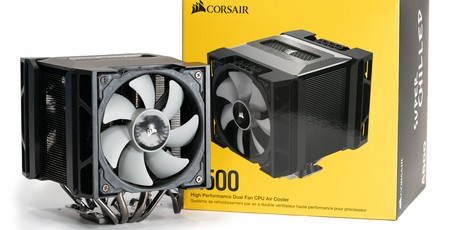
Performance Analysis
The A500 gets off to a very good start on the LGA 1151 system, obtaining as it does the best result we’ve seen from any cooler. Just as with the Noctua NH-U12A, it’s able to maintain the same result even with a single fan. The truth is that our LGA 1151 system doesn’t output enough heat to properly tease out differences between top-end coolers, and while a top result is clearly a good thing, our testing isn’t controlled enough for us to assert a margin of error below 2°C. Basically, both the Corsair and the Noctua cooler can keep LGA 115x CPUs very cool, even when they’re running with a decent overclock.
The A500 also has very strong performance on Socket AM4. The result of 47°C over ambient is a mere 3° worse than the best result, which came from a custom water-cooling kit. It’s also in line with very good all-in-one liquid-coolers (including many of Corsair’s own); Corsair has done a good job of ensuring its new air-cooler keeps pace with its flagship AIOs (or even betters them). Being 2°C better than the Noctua NH-U12A is also something for Corsair to be proud of, as that’s a formidable force in the air-cooler market.
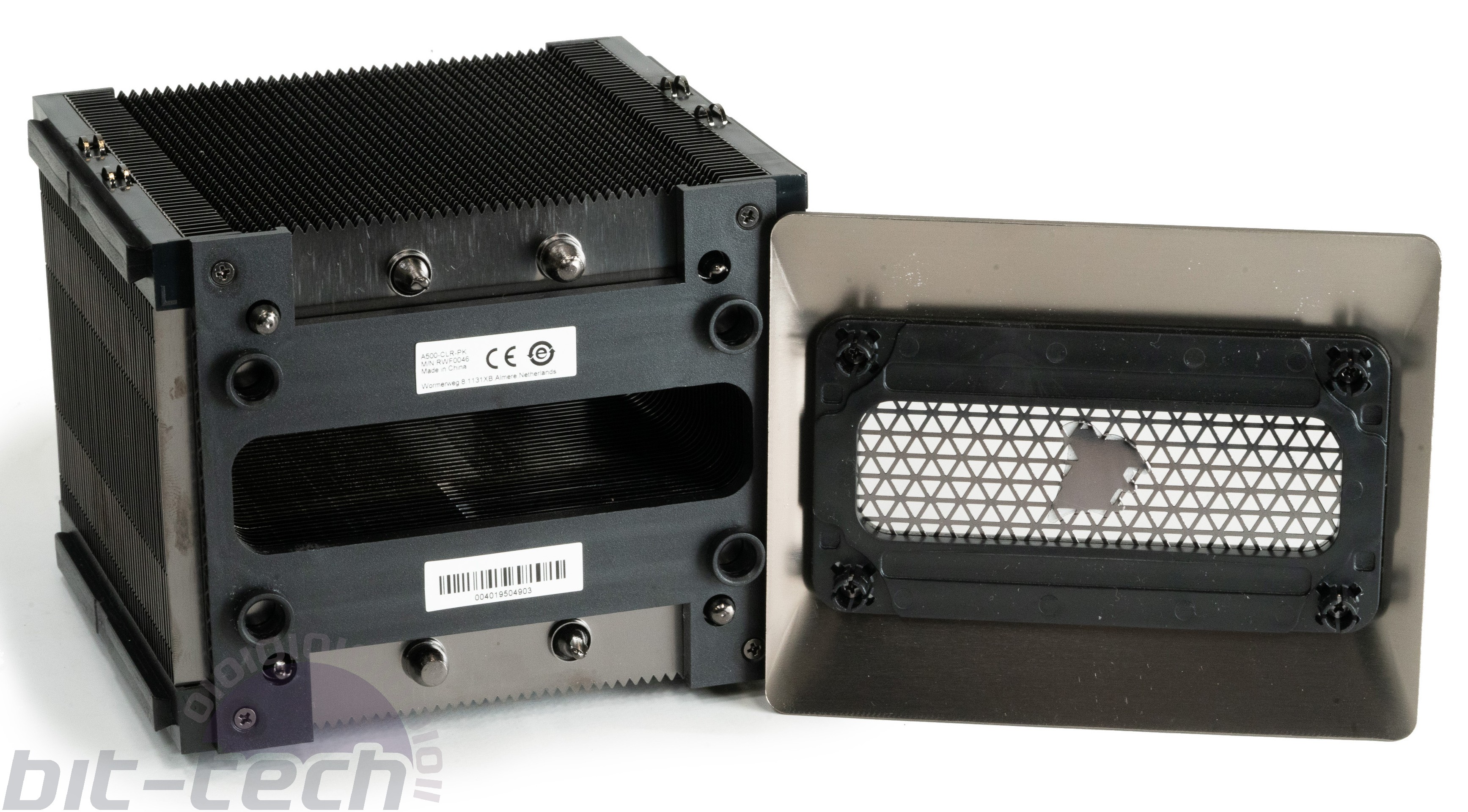
As is so often the case, however, performance is substantially weakened on the LGA 2066 test system. It is a deliberately challenging test designed to tease out differences between the very best coolers, and to be honest any air-cooler that can prevent the overclocked Core i9-7980XE from throttling within the 15 minutes of load is powerful one indeed. Kudos to the A500 for doing so then, but it joins Be Quiet!’s Dark Rock 4 others in only just passing the test, meaning we're approaching the upper limit of the cooling capacity. The NH-U12A, meanwhile, had a result that was a whole 10°C better than Corsair, and it even still stayed significantly cooler when the low-noise adaptor was fitted to both fans – a very convincing win. As it stands, the A500 can safely be used on this socket for stock-speed CPUs, but if you’re overclocking you should consider alternatives, especially liquid-based ones.
Thermal performance is one thing, but how this is balanced against noise output is just as important for most users. With two 120mm fans spinning at ~2,400 RPM, the Corsair A500 is loud at full speed, and we also found it to get noisy when using our motherboards’ default PWM curves in further testing. This tarnishes the results; it’s an unfortunately common tactic for companies to rely on high-speed (loud) fans to push their coolers to the top of performance charts like ours. While we do not have a setup that allows us to deliver noise results that are accurate enough to be reliable (be wary of noise results in other reviews), we are confident that you’d agree with our assessment that the noise profile of the A500 is worse than the NH-U12A, and once the low-noise adaptors are fitted to the latter the two aren’t even close when it comes to noise output.
Conclusion
The A500 can be a very effective cooler on mainstream CPUs, and its ease of use is hard to fault. However, the noise profile and pricing mean we’re left underwhelmed overall. Its £85 price tag means it’s in competition with Noctua, the undisputed titan of air-cooler prowess. A prime and recent example is the excellent NH-U12A given that its priced similarly and also uses two 120mm fans and a single fin stack.
With its pre-applied paste and rail-based fan mounting system, Corsair’s A500 is probably the most user-friendly air-cooler we’ve ever used, but Noctua’s SecuFirm 2 mounting system is just as good as Corsair’s, and using thermal paste and fan clips (Noctua ones, at least) is minimal fuss.
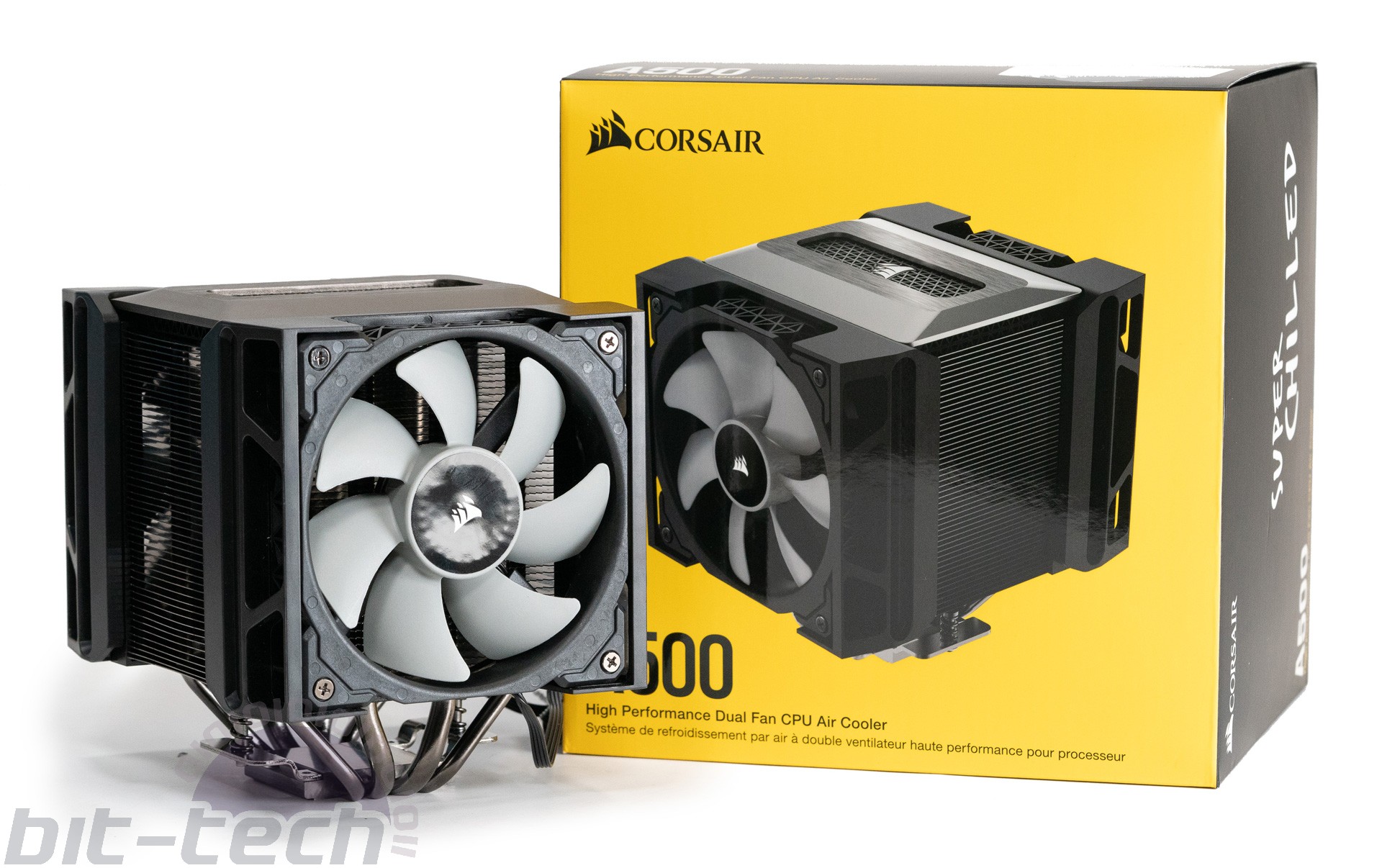
Yes, the A500 wins on both LGA 115x and AM4, but only marginally and also at the cost of noticeably more noise. It’s also a bigger cooler and prone to more case incompatibility. Corsair’s ML120 fans aren’t bad, but Noctua’s NF-A12x25 models are the company’s latest and greatest, specifically designed for heatsink cooling, and we’d argue the difference shows. The LGA 2066 result, where the smaller Noctua heatsink beats the Corsair one even with the fans capped to ~1,700 RPM (versus ~2,400 RPM on the A500) illustrates Noctua’s superiority quite conclusively.
This isn’t a head-to-head review, so forgive us for the numerous comparisons to the Noctua cooler, but Corsair’s pricing strategy simply begs the comparison. It should be clear by now which we’d choose, but that’s not to say the A500 is without merit. As mentioned, it has excellent cooling performance and tremendous ease of use aided by a novel and nifty rail system. For those reasons, it comes recommended to users who like the aesthetic, but we do think it’s a shame for Corsair not to have included resistor cables to tame those fans, as their loudness at full speed is the cooler’s biggest pitfall. Modern fan control suites can be used to the same effect, of course, but fans with a better noise profile would avoid having to dive into software or BIOS for the sake of a few degrees Celsius - well worth it in our minds.


MSI MPG Velox 100R Chassis Review
October 14 2021 | 15:04

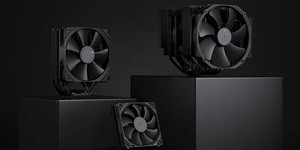
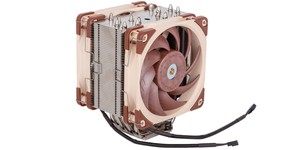
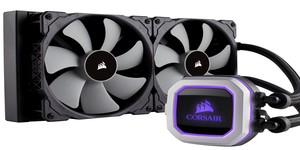




Want to comment? Please log in.